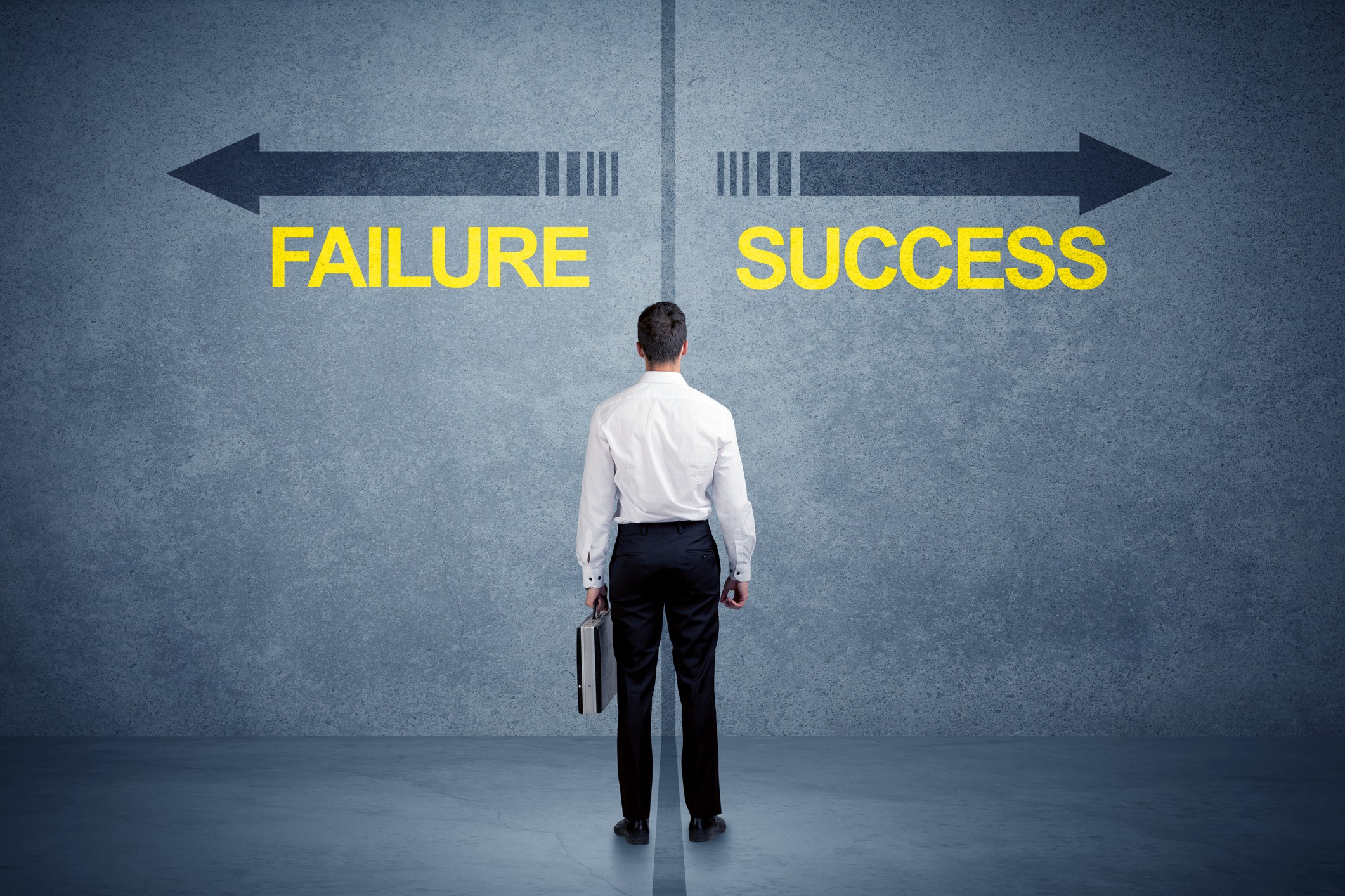Do either of the following statements sound familiar?
“My team does a great job delivering demos and explaining our products and services, but struggle with asking qualifying questions.”
“My salespeople forget everything they learned in sales training the moment a prospect shows interest in a proposal.”
These challenges plague many organizations that have implemented sales process training. Regardless of the program, the goal is to help the salespeople ask more questions and better qualify their opportunities. Unfortunately, despite the investment companies are making in training, as well as technology, it seems a small percentage of salespeople benefit.
Why don’t they follow the sales process?
To answer this question, we need to first acknowledge that the sales team is following a process. The process they follow is the one dictated by the prospect, which includes delivering demos, product trials, references, and pricing. In this process, the prospect will give very little information except for technical needs meant to enable a salesperson to provide the most appropriate presentation and proposal.
When following the prospect’s process, a salesperson may delicately inquire about timing and decision steps, but the approach lacks any depth. This becomes even more apparent when sales managers discuss opportunities with a sales team. During these reviews, there tends to be a lack of detailed knowledge regarding the business drivers, budgetary process, decision makers and potential competition.
Why must salespeople choose between our process and the prospect’s?
The issue for most salespeople is they feel it is an either/or scenario: they either follow the qualifying process which requires receiving information, or they take the path of least resistance which is all about giving information.
This behavior is even more evident during internal opportunity discussions between managers and salespeople. The reviews focus on what else we need to deliver to the prospect. The guidance most managers offer during these reviews centers around delivering product information, engaging other technical resources, presenting solutions, and delivering quotes.
These conversations focus on what we delivered rather than the qualifying information we have received. When managers do ask about the buying process and decision makers, the answers given are vague and quite often represent a salesperson’s hopeful inference rather than reality. This issue is further exacerbated by the fact that most pipeline stages are set at ‘delivery milestones’ versus ‘qualifying ones.’
A common example of these stages includes the following:
- 10% They are interested in learning more.
- 25% We did a demo, and they liked it.
- 50% We presented a solution, and they want it.
- 75% We gave a proposal, and we are negotiating it.
- 90% We sent a final contract, and they are reviewing it.
A revealing question to ask based on the stages above, is “what percentage of the 75% and 90% deals are actually closing?”
Reconciling the two processes.
If we want the salespeople to receive as much as they give, then we need to embrace a ‘two-process’ approach. We need to empower our salespeople to give the prospect what they need, while also getting the information we need.
Driving our salespeople to adopt this approach would require a change-effort with the following three steps:
- Taking the time to clearly define the steps in both processes.
- Coaching the salespeople to see both giving and receiving as parallel processes.
- De-coupling the two processes in our sales pipeline stages.
1. Defining the process paths, with one win-win outcome.
For the sales team to embrace a ‘two-process’ sales approach, it helps them to see it as a negotiation. On the one hand, they must help a prospect with their validation process. This is includes giving the prospect the following:
- Presentations and Demos
- Samples and Proof-of-concepts
- References and Proposals
The key is to clearly define the information the salespeople need to get along the way:
- A deep understanding of their issues and all decision makers involved
- Clarity around process and timeline
- Open dialogue regarding budget, roadblocks, and competition
If the salespeople are taught to see these two parallel processes as a win-win in every sales opportunity, then they are more apt to ‘buy-in’.
2. Coaching the salespeople to execute a win-win.
If we want the salespeople to execute a two-process approach, then we need to include both in every deal coaching discussion. Rather than simply focusing on the delivery steps in the sales cycle, we need to ask detailed questions about the qualifying process as well.
A few sample questions we can add to our internal opportunity discussions are as follows:
- Is there pressure on their department to fix this?
- How much consensus is there regarding the need to make a change?
- What are other priorities that could interfere with this initiative?
- Is there competition or an incumbent vendor?
- Who needs to give their blessing and sign off on this?
3. Aligning pipeline stages with the two-process approach.
The third step is to remove the delivery milestones from the pipeline stages. Rather than defining the stages based on action items including demo, presentation, and proposal, we need to separate these out as independent process steps. A sample set of pipeline stages could include the following:
- 10% Interest in speaking/meeting.
- 20% They shared issues that must be resolved.
- 35% We have a clear map/access to all stakeholders involved.
- 50% We are all aligned on the solution, process, budget, and timeline.
- 70% We have remediated all roadblocks and are reviewing final contracts.
- 90% We have an agreed upon close-date and a scheduled follow-up call.
This sample set of stages does not diminish the prospect’s process, it simply separates it from the pipeline staging. The key is to create a separate set of parallel steps for delivery of demos, trials, quotes, etc.
Training to a two-process sales approach
When implementing this approach, training to both process paths is critical. When pushing for salespeople to embrace and commit to a qualifying process, we should never diminish the delivery part of the sales cycle. When the sales training program presents the two paths in opposition, the salespeople see it as unrealistic and end up tuning out.
Teach your reps that in a two-process sales approach, both parties are equal. However, it will always be the salesperson’s responsibility to create the win-win.
Sales Management



